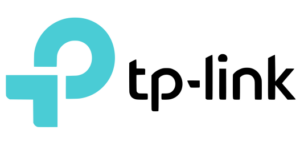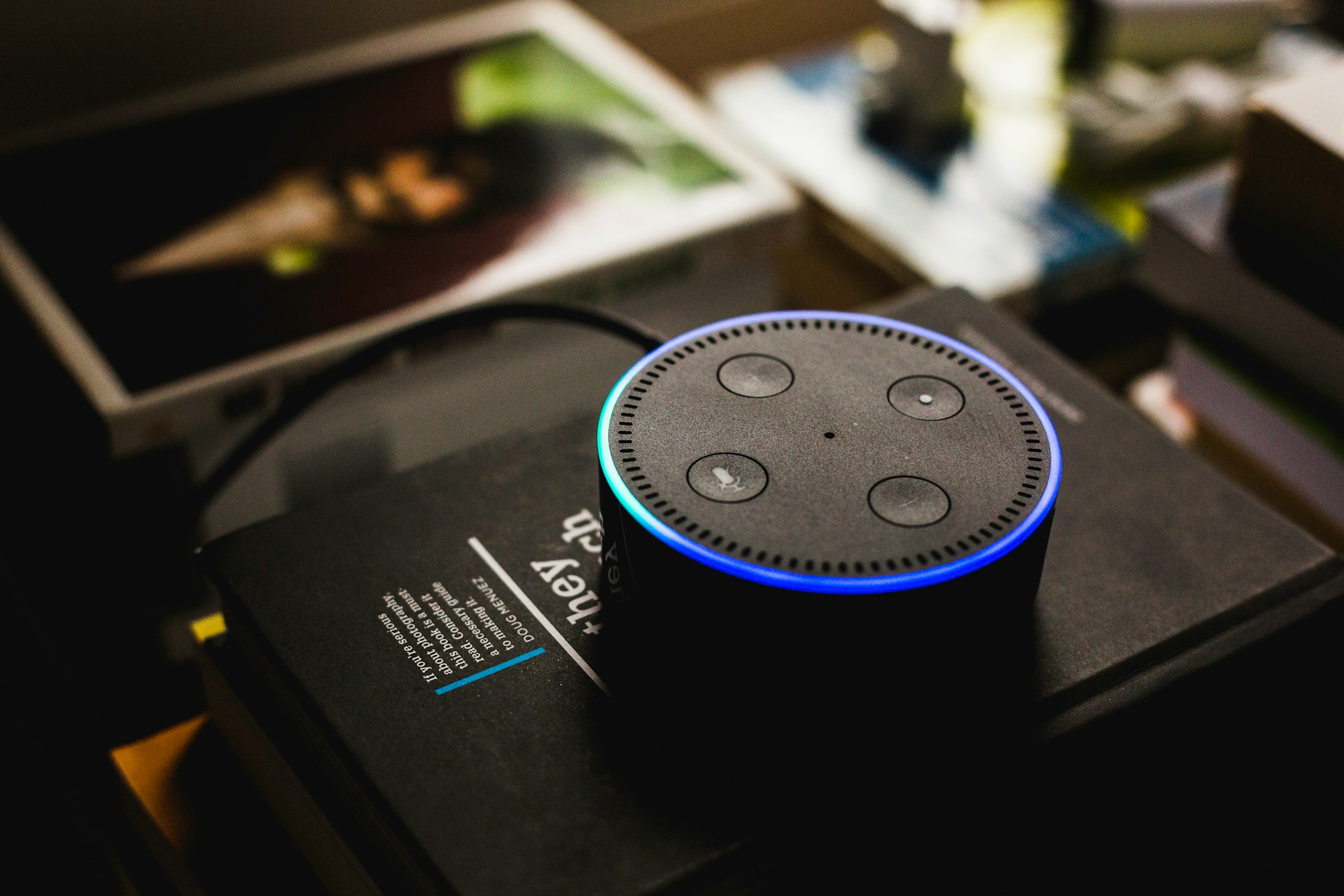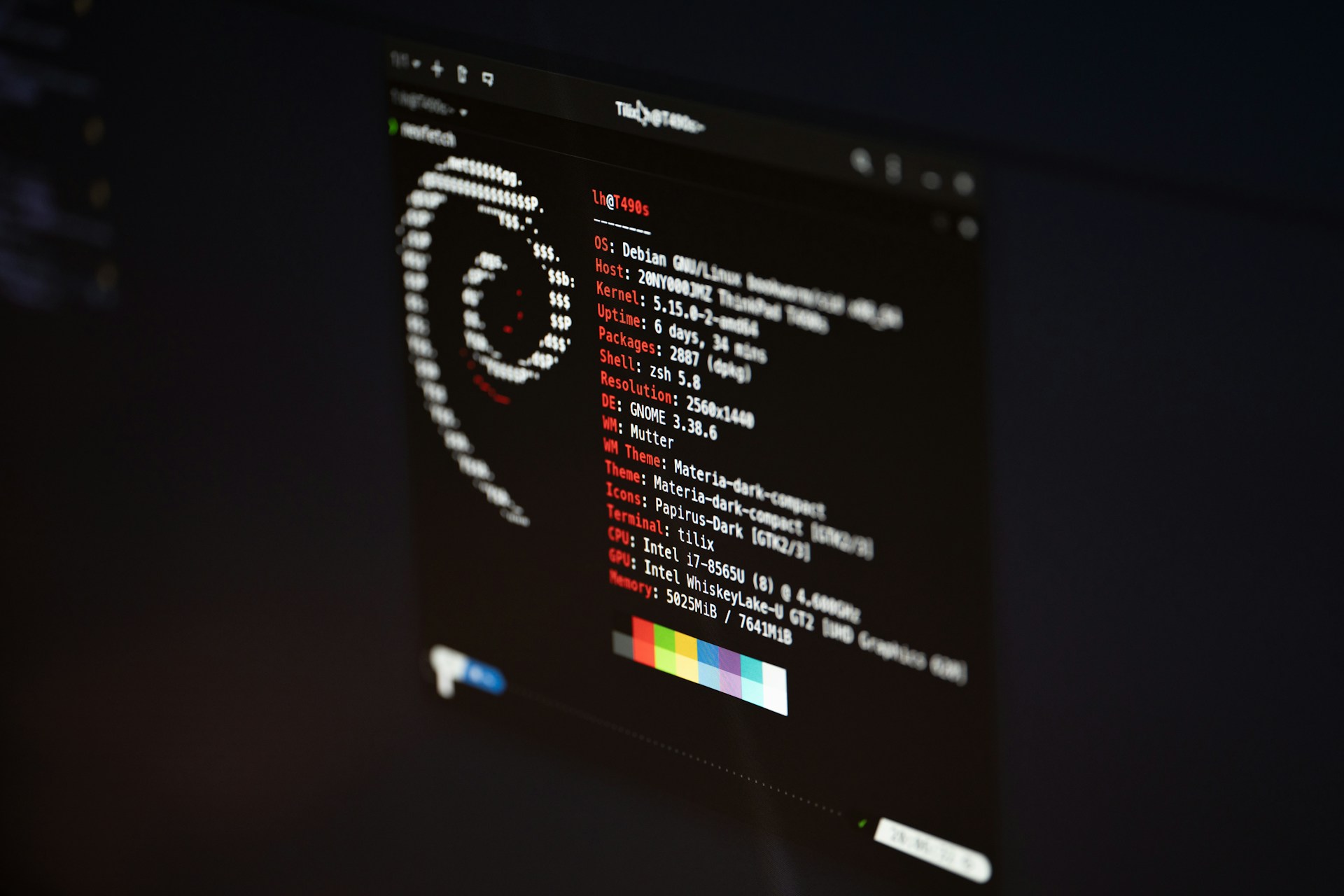Some of the links shared in this post are affiliate links. If you click on the link and make a purchase, we will receive an affiliate commission at no additional cost to you.
Home Assistant is an open source home automation platform designed to connect and control various smart devices and services. The software runs locally on devices such as a Raspberry Pi and can integrate a variety of devices from different manufacturers, including lighting controls, thermostats, security cameras, and more.
An important component of the smart home: controllable sockets with energy consumption metering. The best models of smart plugs with energy metering that work with Home Assistant.
- Directly to the best WLAN smart sockets with energy consumption measurement
- Directly to the best ZigBee smart sockets with energy consumption measurement
- Directly to the best Z-Wave smart sockets with energy consumption measurement
WLAN, ZigBee or Z-Wave
There are basically three common transmission media that can be used for smart sockets: WLAN, ZigBee and Z-Wave. All have their advantages and disadvantages.
WLAN
WLAN should be familiar to everyone because the Wireless Local Area Network connects our smartphones, laptops, SmartTV etc. wirelessly to the Internet. wirelessly to the Internet. Smart sockets also use the protocol.
Advantages:
- Gateway (WLAN router) usually already available
- Simple setup, no additional hardware required
- Inexpensive
Disadvantages:
- Comparatively high electricity self-consumption
- Many devices overload the WLAN network, which can lead to unreliability
- Devices are connected to the Internet by default, which poses risks
ZigBee
The ZigBee protocol is a wireless communication protocol specifically designed for low power and short data transmission applications. It uses a mesh network where each device acts as both a transmitter and a receiver, which increases range and improves network stability as data can be transmitted over multiple paths.
The power consumption of ZigBee is very low, which makes it ideal for battery-powered devices such as sensors and smart thermostats. The data rate is relatively low at up to 250 kbps, but sufficient for most smart home applications. The range is around 10-100 meters per node, but can be extended using the mesh network. Well-known smart home systems such as Philips Hue or Ikea Trädfri rely on this standard. Many inexpensive sensors are also available.
In comparison, WLAN consumes considerably more power than ZigBee, which makes it less suitable for battery-powered devices.
To be able to use ZigBee, you need additional hardware in the form of a ZigBee USB stick. Nabu Casa, the umbrella organization for Homeassistant, offers its own model, the Skyconnect, which is optimally integrated into Homeassistant.
Otherwise, Sonoff also offers good models.
Z-Wave
Z-Wave is a wireless communication protocol specifically designed for home automation and IoT devices. It uses a mesh network structure where each device can act as a repeater to increase the range and reliability of the network. Z-Wave typically operates in the sub-GHz range (868 MHz in Europe, 908 MHz in the US), which results in less interference with other wireless technologies such as Wi-Fi and Zigbee.
At up to 100 kbps, the data rate of Z-Wave is lower than that of Zigbee, but sufficient for most home automation applications. Power consumption is also low, making it ideal for battery-powered devices. The typical range of a Z-Wave device is about 30 meters indoors, but can be extended through the mesh network.
Z-Wave is known for its interoperability and strict certification standards, which ensure a high level of compatibility between devices from different manufacturers.
Which technology should I choose?
If you only want to use one or two sockets and do not want to use any other devices such as door or window sensors, temperature and humidity sensors and lamps such as Philips Hue and Ikea Trädfri, WLAN is the right choice.
As long as you have a WLAN router and Home Assistant, you have everything you need apart from the socket.
As already mentioned, ZigBee is suitable if you want to use a variety of different devices such as smart sockets, sensors and lamps.
Z-Wave only makes sense if you also want to use other Z-Wave devices.
The best WLAN smart sockets with power consumption measurement for Home Assistant
TP-Link Tapo
TP-Link offers a selection of smart home devices with its Tapo brand. These include intelligent WLAN sockets, surveillance cameras and more. The Tapo 110 (with power consumption measurement) is often available for less than €15 and can be easily integrated via TP-Link’s own Home Assistant integration.
The Tapo 110 socket outlet is the standard model with energy consumption measurement. The Tapo P110M socket already has the new Matter smart home protocol integrated. The nano version of the Tapo115 is significantly smaller than the other models.
All sockets have a physical button that can also be used to switch them.
TP-LINK Tapo sockets integration in Homeassistant
The TP-Link Tapo Smart sockets are integrated via the TP-Link Smart Home extension. The entry can be found via “TP-LINK Smart Home” or “Tapo”. Homeassistant controls the sockets via the local network, so control and measurement also work without Internet access.
Sonoff
Sonoff also offers a WLAN socket with consumption measurement. In contrast to the TP-Link Tapo models, there is no integration integrated in Homeassistant. To integrate Sonoff WLAN devices, you need an additional add-on, which does not run on all variants of Homeassistant.
The best ZigBee smart sockets with power consumption measurement for Home Assistant
While there is a good selection of ZigBee smart sockets without consumption metering, the selection of products with electricity consumption metering is manageable. I use these models myself and am satisfied with them:
The best Z-Wave smart sockets with power consumption measurement for Home Assistant
Z-Wave devices are often more expensive due to the strict certification process, which is costly for the manufacturer, and this can be very expensive, especially for devices that are used in large numbers, such as smart sockets.
Z-Wave sockets are noticeably more expensive than the Wlan and ZigBee models. I would rather recommend one of the other two variants. If you still want to use Z-Wave, this model is a good choice:








